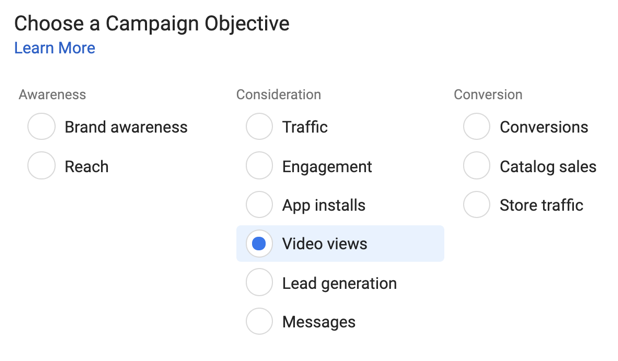We’ve seen an explosion of financial advisors on video this year. It makes sense. We’re all doing more videoconferencing—why not venture into recorded video? It’s an easy way to get a ton of exposure.
But what if your videos aren’t getting exposure? After all, just because you shoot them, doesn’t mean people are watching them. There are plenty of financial advisor videos that achieve single-digit viewership. Thanks, Mom!
Fortunately, this issue is solvable. We run a video program for advisors and we’ve learned a thing or two about getting more views on your videos. With the right distribution channels, the right techniques and a little advertising budget, you can increase your exposure dramatically.
Leverage the following five tips to boost your video views in 2021!
Optimize for YouTube
When most people think search engine optimization, they think of Google, but YouTube is the second-largest search engine and growing quickly. Use a YouTube keyword research tool (e.g., TubeBuddy) to uncover the most popular searches. For example, if you’re planning on shooting a video for Procter & Gamble employees, a keyword research tool can show you which search terms people use. You would then make certain those keywords are reflected in your title, description and tags.

Post on Social (Correctly)
This might seem like a no-brainer, but it’s important to post your video content on social, from your own profiles, your company profiles and those of your team members. It’s also critical to “babysit” your video posts. When a video is posted, encourage your team members (or certain clients) to post comments on it. When they do, and you reply, you signal to the algorithms that this content garners engagement and is worth spreading.
Advertise It
This is the single quickest way to ramp up your numbers, if you’re willing to pay for it. For example, if you post a video on Facebook, its organic reach won’t be anything special (they’re stingy like that). But if you’re willing to run it as an “ad,” with an objective of “video views,” you can achieve thousands of views rather quickly. The same holds true in LinkedIn and Instagram (through Facebook).

Create a Compelling Thumbnail
When someone searches for a video on YouTube, they are presented with a number of video options. The one they select largely depends on the title and the thumbnail. By default, YouTube will grab a screenshot, but it’s not usually you at your best. Take a moment to design a thumbnail that shows off the title alongside your image and/or logo. This also plays a role on your website. When someone arrives on your site, you want them seeing your video in a way that says “watch me!” Here are a couple of our recent examples:


Engage the Influencers
You likely know some “influencers” in your community. They may not refer to themselves that way, but they’re well connected online and this can help you build your viewership. One thing you can do is tag them, directly asking them to chime in on your video. Another idea to consider is interviewing them. Is there a topic they know well that your clients may benefit from hearing? More than likely, they’d share that interview with their audience as well, further increasing your audience.
2021 can be a big year for you in video content. The first step is to start shooting! Then use these five tips to make sure everyone in your target market gets to see how knowledgeable and professional you really are.
Stephen Boswell is a partner with The Oechsli Institute, a firm that specializes in research and training for the financial services industry. @StephenBoswell www.oechsli.com





